Discovery of ancient village ruins in SW China's Yunnan reveals diet of people who lived 3,000 years ago
Archaeologists have found that people who lived over 3,000 years ago along the shores of Dianchi Lake in Kunming, southwest China's Yunnan Province, shared the same fascination with river snails as modern foodies.
At the ruins of a settlement site named the Gucheng Village site, which is located beside Dianchi Lake, archaeologists discovered a large and well-preserved lakeside shell mound, with the highest point reaching 6.5 meters. Using radiocarbon technology, archaeologists have confirmed that the mound dates back 2,500 years to 3,600 years, when China's central region was under the Shang and Zhou dynasties (1600 B.C. - 256 B.C.).
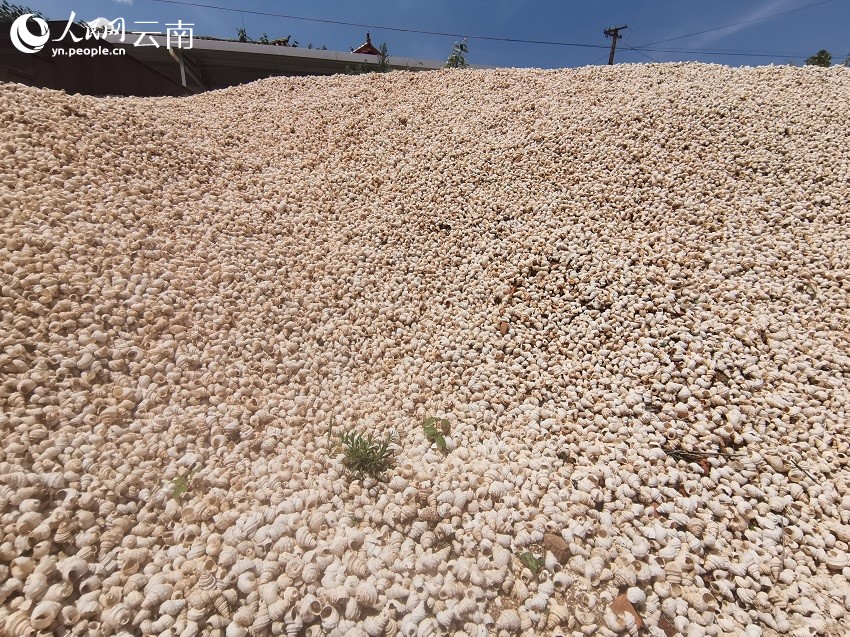
Photo shows a large mound of river snail shells found at the ruins of a settlement site named Gucheng Village site, which is located beside Dianchi Lake in Kunming, southwest China's Yunnan Province. (People's Daily Online/Liu Yi)
They concluded that people living in this village regularly harvested river snails from Dianchi Lake as a food source.
Besides river snail shells, fish bones, fishing hooks, remains of mammals, including cattle, pigs, and dogs, have also been excavated from the ruins, indicating that the villagers also relied on the lake’s fish stocks and hunting for protein.
Fresh fruit were also frequently consumed by local villagers, as archaeologists found carbonized fruit pits from hawthorns, olives, grapes, peaches and plums scattered throughout the site.
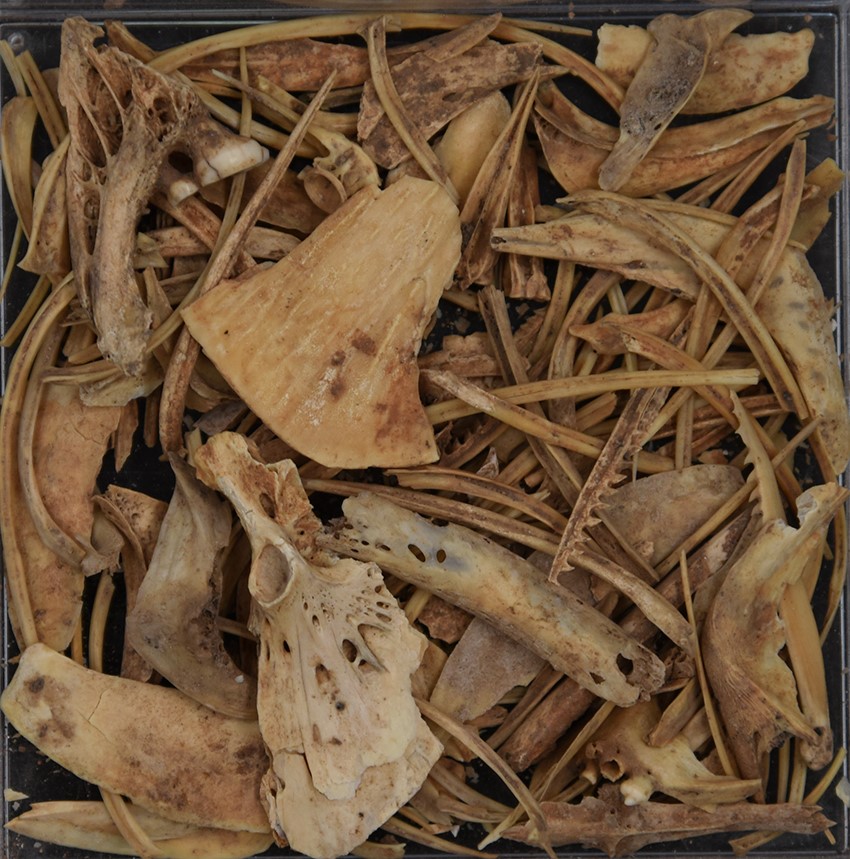
Photo shows fish bones found at the ruins of a settlement site named Gucheng Village site, which is located beside Dianchi Lake in Kunming, southwest China's Yunnan Province. (Photo courtesy of Yunnan Institute of Cultural Relics and Archaeology)
Along with evidence of food, specialized eating utensils have also been unearthed at the settlement site, such as bone and copper awls, which were possibly used for eating river snails.
Distinctive pottery wares for daily use unearthed at the site, including cooking pots, jars, bowls, and plates, show that locals had specific vessels for preparing and serving foods.
Archaeologists have also found intricate jade pendants, jade bracelets, bird's head-shaped bone ornaments, beads made of bones, ornaments made of animal teeth and other types of accessories at the Gucheng Village site. These accessories demonstrated that the local residents had good artisan skills.
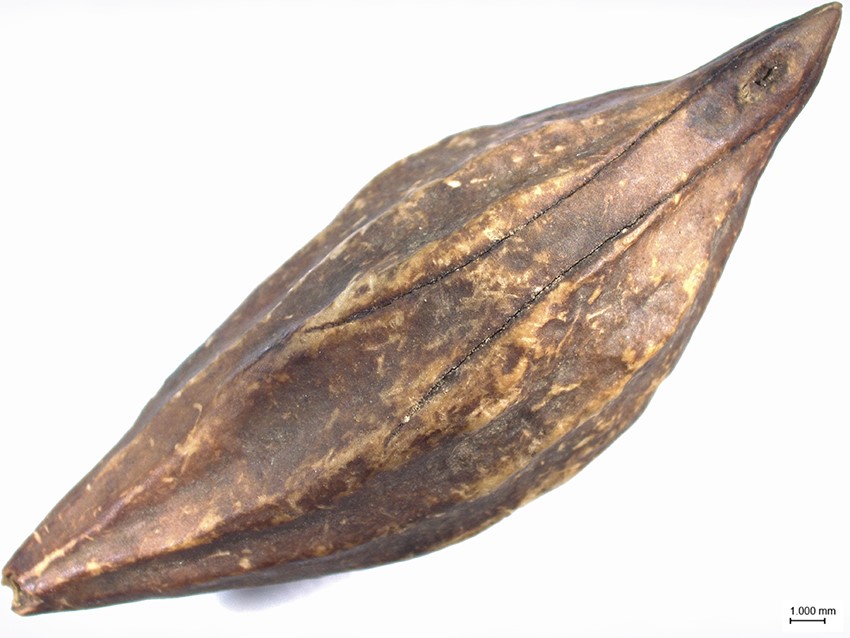
Photo shows an olive pit found at the ruins of a settlement site named Gucheng Village site, which is located beside Dianchi Lake in Kunming, southwest China's Yunnan Province. (Photo courtesy of Yunnan Institute of Cultural Relics and Archaeology)
Based on these archaeological clues, researchers have pieced together a picture of local people's daily lives. Three thousand years ago, a community lived on a small earth mound about 3 meters above the ground near Dianchi Lake. This tableland, surrounded by wetlands, was ideal for settlement and housed the second largest community along the lakeshore. Villagers went to Dianchi Lake to collect river snails and catch fish, and hunted mammals and gathered wild fruit in the nearby hills everyday. Locals also maintained active exchanges with neighboring settlements.
In 2020, the Yunnan Institute of Cultural Relics and Archaeology discovered the Gucheng Village site. The archaeological findings made at the site have provided more insights into the lifestyle, economy, demographics and environmental changes that have taken place around the ancient Dianchi Lake.
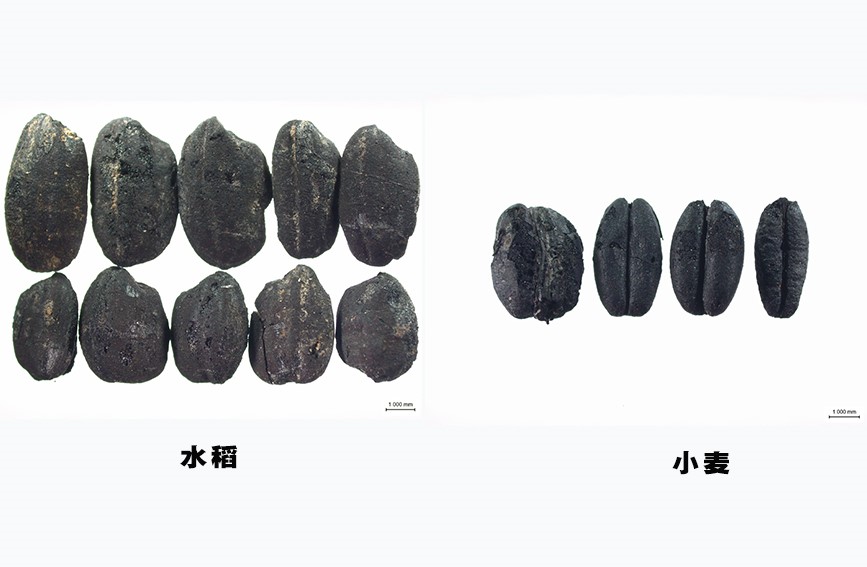
Photo shows carbonized grains of rice (left) and wheat found at the ruins of a settlement site named Gucheng Village site, which is located beside Dianchi Lake in Kunming, southwest China's Yunnan Province. (Photo courtesy of Yunnan Institute of Cultural Relics and Archaeology)
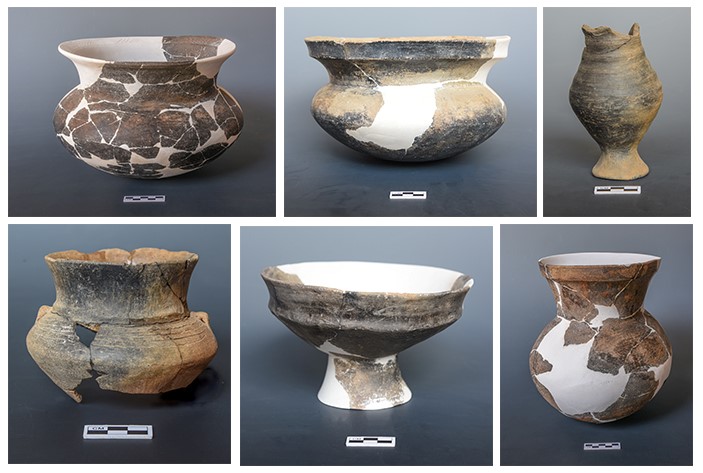
Photo shows pottery wares unearthed at the ruins of a settlement site named Gucheng Village site, which is located beside Dianchi Lake in Kunming, southwest China's Yunnan Province. (Photo courtesy of Yunnan Institute of Cultural Relics and Archaeology)

Photo shows jade artifacts unearthed at the ruins of a settlement site named Gucheng Village site, which is located beside Dianchi Lake in Kunming, southwest China's Yunnan Province. (Photo courtesy of Yunnan Institute of Cultural Relics and Archaeology)
Photos
Related Stories
- Centuries-old relics found in northeast China
- Archeology China program now has 18 major projects
- Culture forum on neolithic relics site kicks off in east China
- Two 2,000-yr-old palace buildings excavated in northwest China
- Ancient granaries dating back over 6,000 years unearthed in central China’s Henan
- Publishing of bamboo slips unearthed in E China's Zhejiang kicks off
Copyright © 2023 People's Daily Online. All Rights Reserved.









